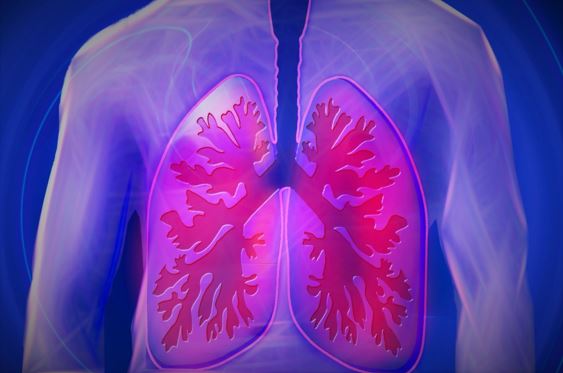Pulmonary fibrosis is a disease that severely affects the lungs. The lungs begin scarring (fibrosis), and breathing becomes increasingly difficult for those who suffer it. Unfortunately, doctors cannot repair the fibrosis’s damage. Still, certain medications and therapies may improve the quality of life and ease the symptoms.
Patients diagnosed with pulmonary fibrosis will have to undergo a series of tests to determine how much scarring has already begun. Even though pulmonary fibrosis is scary, it does not mean it is terminal. Some patients can live many years after, with proper medical guidance, treatments, and motivation.
If you want to buy medicine online, you can buy from pharmacy. Canadian Pharmacy is one of Canada’s leading online mail order pharmacies with many satisfied patients since 2001.
Today we will take a look at the pulmonary fibrosis stages.
Pulmonary Fibrosis Stages
When first diagnosed with pulmonary fibrosis, doctors will conduct pulmonary function tests. This test will show doctors how much air the lungs can hold and how vigorously they can push air out. Shortly after, doctors may conduct a six-minute walk test to see how much they can exercise before having shortness of breath.
Some who are diagnosed with pulmonary fibrosis may have specific symptoms worse than others. The following stages are the most common ones, but some may have experienced them differently than others.
Pulmonary Fibrosis Stage 1
The first symptoms to appear are fatigue, shortness of breath (especially from certain activities), and a dry cough. As mentioned before, some people may not show any symptoms at this stage; if they do, it is only after an extreme effort.
Treatment may include prescribed medication and a lifestyle change (quit smoking and exercise).
Pulmonary Fibrosis Stage 2
As the disease progresses, so does the scarring of the lungs. This scarring causes difficulty in breathing while performing activities, which means they will begin to need assisted oxygen. Doctors will give the patient an oxygen system that they must use during certain activities.
Using a pulse oximeter will be necessary to monitor their oxygen saturation, making sure it is equal to or greater than 89%. It is also possible to receive a lung transplant at this stage, which can significantly improve life expectancy and quality of life.
Pulmonary Fibrosis Stage 3
At this stage, the scarring has damaged most of the lungs, and 24-hour oxygen assistance is needed. Shortness of breath at this stage will have increased exponentially, whether performing an activity or resting.
Final Stage
High-flow oxygen is now needed and is only available at designated clinics or hospitals. Activity is no longer possible at this stage and requires constant medical assistance. Recovery is possible but unlikely at the final stage of pulmonary fibrosis.
Additional Treatment Is Needed
Taking natural remedies or supplements during any of the pulmonary fibrosis stages is effective. If you are looking for an effective supplement, you can look here. Please consult with your doctor beforehand to make sure it will not interfere with your current treatment.
Don’t Lose Hope
The cure for pulmonary fibrosis stages is not known, but there are ways of treating the symptoms. Even though prescribed medication will help, we need to complement it with natural medication. Pulmonary Fibrosis can be managed to the point of having little effect on daily life.
If you know someone who has been diagnosed with pulmonary fibrosis, what has helped them improve their quality of life? Leave a comment below.

